Is Chard A Brassica? If Not What Is It? Chard is a popular vegetable that is grown widely within vegetable gardens. It produces masses of leaves over an extended period time making it one of the highest yielding vegetables. However, many people have wondered which family chard come from. Is it a brassica or something else?
Chard is not a member of the brassica family nor is closely related to the brassicas. It comes from a separate family called chenpodiaceae and within that family, it is from the beta genus. Other members of this genus include beetroot and sugarbeet. Sugarbeet is widely used to produce raw sugar in cooler countries that are not capable of growing sugar cane.
Whereas the common members of the brassica family which includes cauliflower, broccoli, kale, cabbage, and kohlrabi are all members of the same genus. In fact, these vegetables are actually the same species Brassica oleracea, and can be considered as varieties rather than separate species.
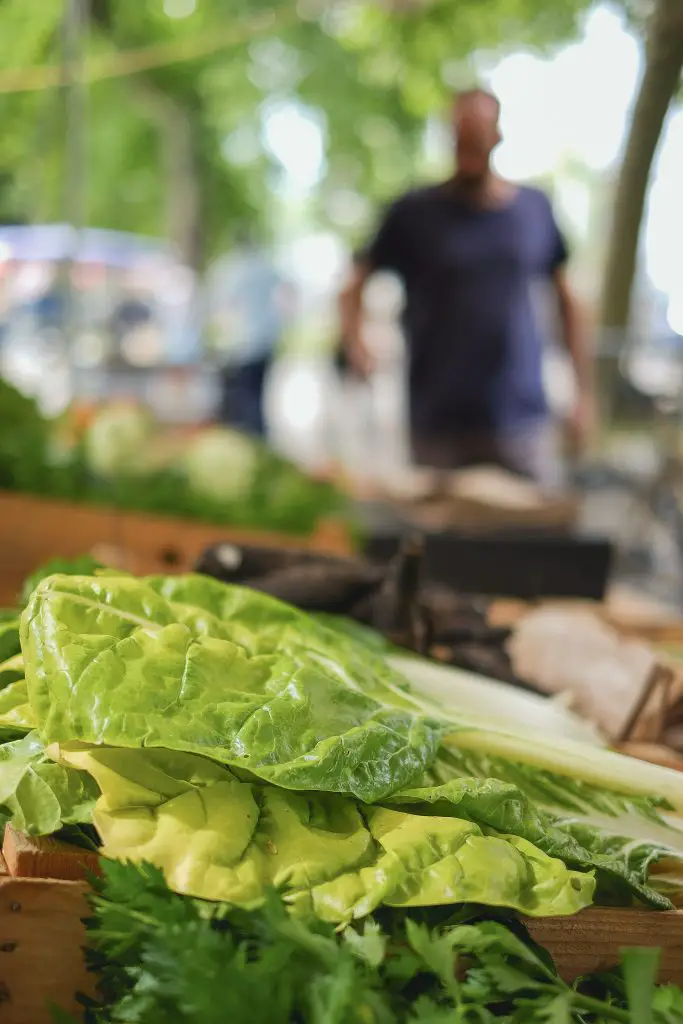
For the uninitiated, individual plants can be considered the same species if they are able to cross pollinate to produce viable offspring. All of these plants are capable of being interbred to produce new varieties such as broccoflower and they all originated from a form of wild cabbage which like chard originated in Europe and has been known for thousands of years.
The appearance of many of the vegetables, that we take for granted, is relatively recent with variety such as cauliflower appearing only 1000 years ago in places like Italy.
About Chard
Chard is a plant that goes by many different names such as Swiss chard, Silverbeet, Perpetual Spinach, Leaf beet, Seakale beet, and beet spinach. The plant itself is native to the southern parts of Europe and developed from a wild form that has been cultivated for thousands of years. The common forms of white yellow and green have been used for thousands of years and appear in the writings of some Greek scholars.
The first mentions of red stalked varieties appeared around 350 BC and the plant has been grown for both its ornamental and edible properties. The plant itself is a hardy biennial that produces leaves for most of the year even in relatively cold climates which means it has advantages over other forms of greens such as lettuce and rocket which readily go seed within a few months.
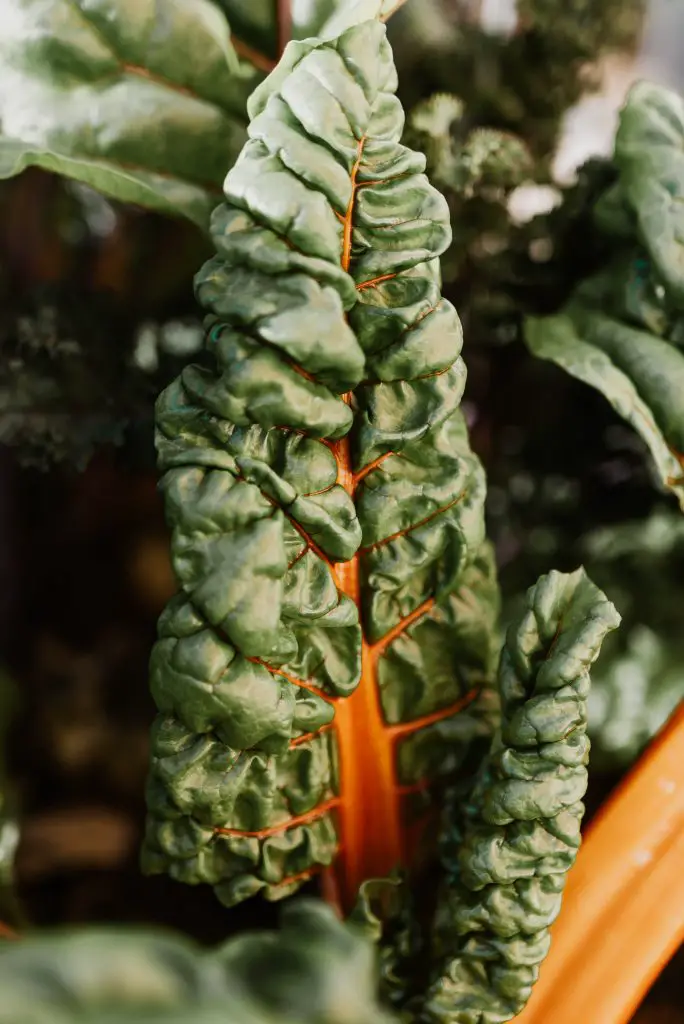
Is Chard Easy To Grow At Home?
As mentioned above chard is a prolific producer of green leaves which makes it an absolute must if you are growing your own food at home. The plant itself is relatively easy to grow provided that you give some basic care to the it as it will tolerate a wide range of conditions including Frost and summer heat.
How To Grow Chard
Chard is a plant that can be sown from early spring all the way through to Autumn however most gardeners tend to plant the seeds in early spring as this will allow you to have an ongoing supply of chard almost year round.
To start the plant off seeds can be sown directly into the ground or into a seed tray. However, we generally recommend that you plant into a seed tray irrespective of time of the year that your sowing seeds the reason for this is that in winter and early spring the weather is really cold which means that you can bring the seed tray inside and still get the seeds to germinate relatively quickly.
However, in summer or late spring generally, the garden is relatively full and there are not many spaces because of the other crops being grown. Sowing the seeds into a tray at this point will allow the seeds to be sown straight away rather than waiting for a gap to appear in the garden which will help maximize your overall yield.
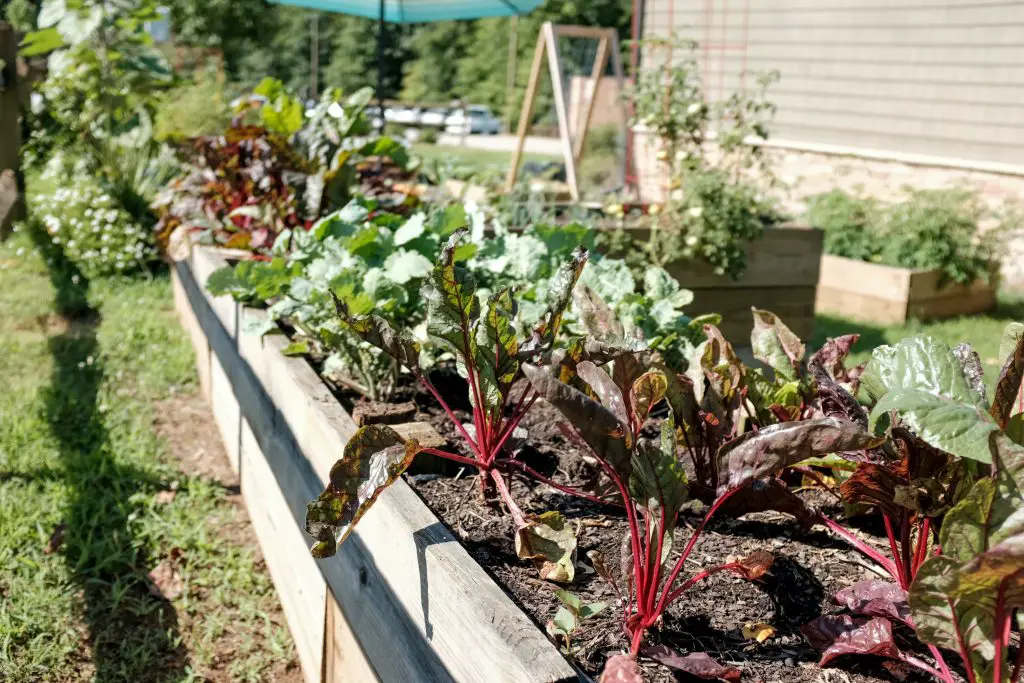
To plant the seeds start by filling up the seed tray with a high quality seed raising mix ensuring that you firm the soil into the tray to form solid plugs which will make it easier to plant later on. As the seeds are relatively large you’ll need to plant them at a depth of approximately a quarter of an inch. It is generally recommended to you plant two or three seeds per cell to ensure that you have at least one plant per cell.
The seed tray should then be placed in a warm environment and kept moist until the seeds are ready to plant out into the garden. The seeds will typically take between 7 to 14 days to germinate, however, this can vary significantly depending upon the temperature that the tray is maintained at. The seeds will typically need to spend around 6 weeks in the seed tray.
If you live in a particularly cold area you may consider purchasing a heated seed tray as this will ensure that you get your plants off to a really good start as these units to provide consistent heat and warmth to help accelerate seed growth.
If you are considering purchasing one the one we would recommend is ipower germination kit because it contains a removable seed tray and a humidity dome. The removable seed tray is advantageous because this is the component of the unit that is most likely to wear out first therefore being able to replace it will extend the life the unit.
The humidity dome is also important feature because it helps to maintain the temperature around the seedlings as well as the humidity ensuring an ideal growing environment. To see the latest price on Amazon click here.
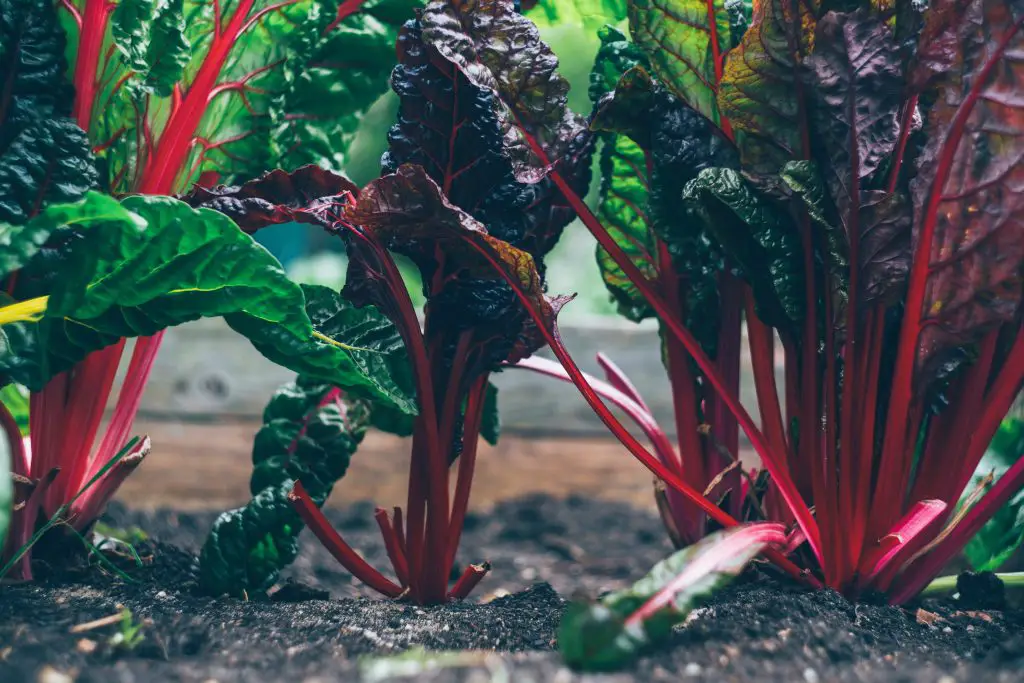
Planting Chard Seedlings Into The Garden
Once the seedlings have reached a reasonable size they can then be planted out into the garden. This should ideally be done after the risk of any frost has passed to ensure that the weather is starting to warm up. Ideally, the seedling should be planted in a sunny location, however, this plant will tolerate shadier conditions but the rate of growth will be reduced.
In terms of soil conditions chard prefers rich moist and free-draining soil that has plenty of nutrients. If you are concerned about the level of nutrients in the soil add a bag of compost prior to planting. Plants should be spaced approximately 1 to 1.5 ft apart which may seem excessive at first glance however chard plants do get relatively large and extremely leafy.
When the plant is in position it is advisable to apply a layer of mulch around the plant that is approximately 2 to 4 inches thick. It is also advisable to apply snail pellets to these plants as they are highly susceptible to attack early on. The plant should then be watered in well.
Caring For Chard Plants And Harvesting Them
Chard plants are a vegetable that does take a little bit of time to get going. Initially, it is quite small and will take time to develop those really large leaves. During this period the main maintenance job that you need to do is just to ensure that the soil remains moist and weed free.
However, once the plants reach maturity they are a prolific producer that will produce masses of leaves. The earliest that you generally should harvest them is when the leaves are reaching a size of approximately 4 to 6 inches long. When harvesting the plant remove only a few leaves at a time.
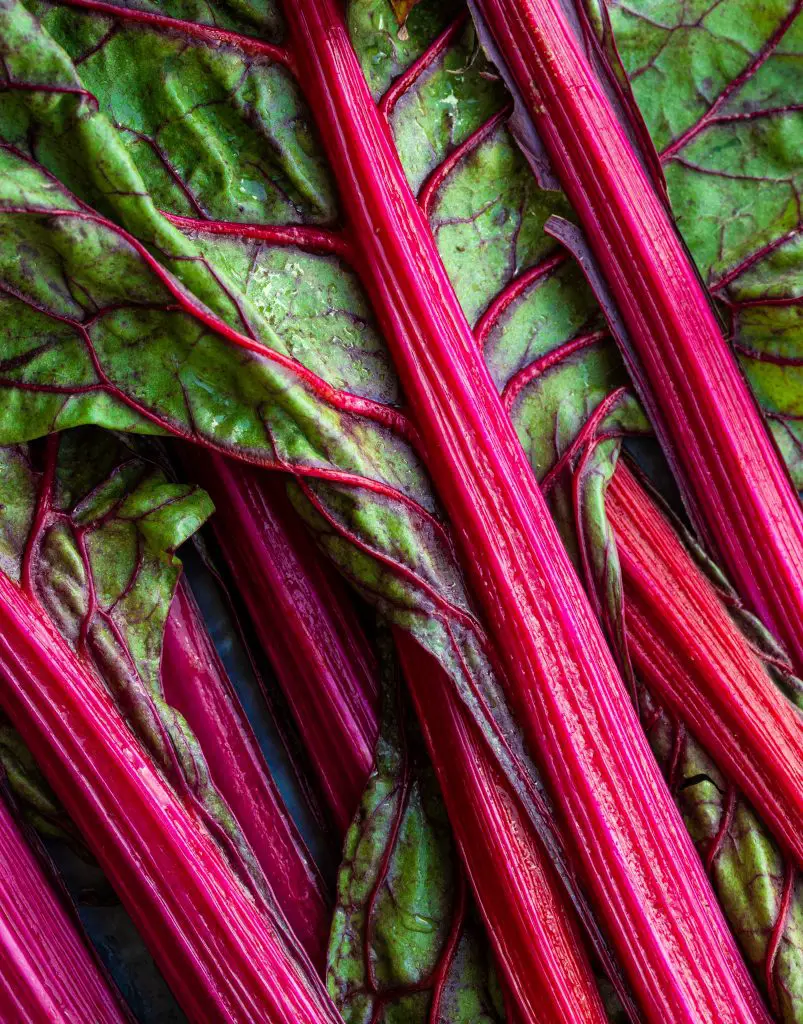
It is important to leave a few leaves on the plant every time you harvest as this will ensure that the plant can recover more quickly and continue to produce future harvests relatively quickly. if you plant in spring you should be able to harvest leaves continuously from late spring all the way through the winter until the following spring.
In the following year, the plant will begin to set seed once the weather warms up which typically occurs in mid to late spring. When this occurs it is advisable to discard the plant and replace it with something else in the garden.
I hope you found this article useful and have great success growing chard at home in your own garden, if you have any additional questions or comments please leave them in the section below.
Relevant Articles
Chard Vs Spinach: Are They The Same Thing?
Is Chard And Kale The Same Thing?
Is Swiss Chard And Rhubarb The Same Thing? How Do You Tell The Difference?
